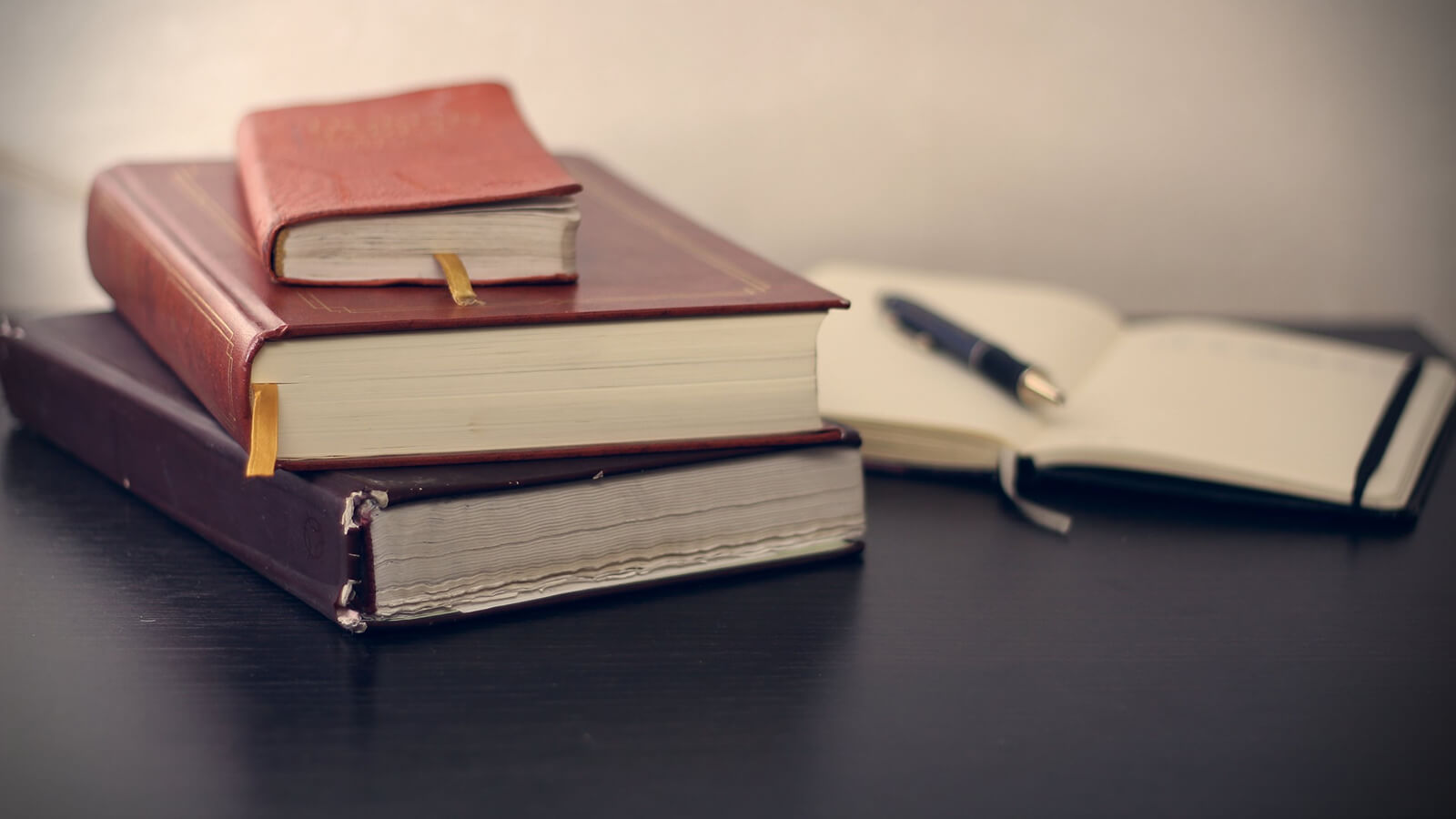When you think about the most popular online media and streaming platforms, two names are sure to come to mind: YouTube and Twitch. YouTube boasts over one billion hours of video watched every day, and Twitch, which Amazon acquired for $970 million in 2014, boasts around ten million daily active users, with each of these users watching an average of 106 minutes per day. These viewership numbers are not possible without content creators, and these creators are facing an increasing number of legal challenges as their numbers grow.
Chief among these concerns are copyright laws. Subject to a fair use exception, the Copyright Act of 1976 allows copyright holders to bring lawsuits against people who use, distribute, reproduce, or otherwise appropriate registered works without permission. Copyright protections in the digital world mostly are enforced through the Digital Millennium Copyright Act (DMCA), which allows copyright holders to pressure Internet Service Providers or hosting companies into honoring copyrights. Content creators on YouTube and Twitch have learned about the Copyright Act and DMCA the hard way, as many have been forced to take down, silence, or otherwise alter videos that contain registered content, losing monetization rights along the way.
A prominent example is Universal Music Corporation’s demand that Stephanie Lenz, a content creator on YouTube, or a “YouTuber,” take down a video of her infant son dancing with Prince’s “Let’s Go Crazy” playing in the background. Stephanie sued Universal Music for failing to consider the Fair Use Doctrine prior to filing an infringement suit against her. The Ninth Circuit Court of Appeals ruled in 2016 that Stephanie was entitled to nominal damages, and that copyright holders need to adequately consider fair use before filing infringement claims.
YouTubers like Stephanie are not the only ones who get into trouble with copyright laws. In 2007, after learning that thousands of clips from its registered videos were available on YouTube, Viacom sued YouTube for copyright infringement on the grounds that YouTube was willfully blind to the infringement occurring on its site. The case settled in 2014, but it and several other infringement lawsuits led YouTube to overhaul its internal procedures to address copyright concerns.
Today, YouTube uses a Content ID system that aids copyright holders in tracking infringements. The system scans each file uploaded to YouTube to check if the file contains registered works, and it allows copyright holders to easily request DMCA takedowns. Each DMCA takedown that is not successfully appealed results in a strike against the infringing YouTuber, with three strikes leading to termination of the YouTuber’s channel. The Content ID system provides copyright holders with many options, as it allows them to choose whether to silence, block, or monetize infringing videos.
In the event that a creator appeals, all advertisement revenue from the allegedly infringing video is placed into a separate escrow account pending resolution of the appeal. Although YouTube, Twitch, and other large online media services have convenient internal processes for handling copyright claims, copyright holders can always pursue their rights directly in federal court. Given the costs of litigating these cases, though, copyright holders and content creators alike prefer systems like Content ID.
Given the remarkable number of viewers YouTube and Twitch attract, many copyright holders have begun to work with, not against, content creators. Copyright holders sometimes allow creators to use registered works for promotion purposes, and in return creators benefit from having access to these works, leading to more popular videos in many cases, and not needing to worry about DMCA takedowns. While the Federal Trade Commission (FTC), which regulates advertisements, requires that content creators disclose paid promotions directly in their videos, such disclosures are a small price to pay compared to ignoring copyright protections and risking infringement.
YouTube and Twitch have gone a long way to ensure that content creators and copyright holders coexist peacefully. For example, both YouTube and Twitch offer their content creators access to music libraries that contain non-registered, royalty-free, and pre-licensed music. Even channels within these sites, like the YouTube channel NoCopyrightSounds, which has over twelve million subscribers and over three billion total views since 2011, offer their own supply of non-registered music. Although media platforms have made progress in addressing concerns over copyright infringement, online media spaces will continue to evolve and present new copyright and intellectual property challenges for both media platforms and content creators.
For more information about copyright law or other intellectual property matters, contact Tori Kluess or another member of the Intellectual Property Team at the Law Firm of Conway, Olejniczak & Jerry, S.C.
![Photo of map[image:/uploads/conway-olejniczak-jerry-logo-with-padding.jpg name:Law Firm of Conway, Olejniczak & Jerry, S.C. title:Law Firm of Conway, Olejniczak & Jerry, S.C.]](/uploads/conway-olejniczak-jerry-logo-with-padding.jpg)


